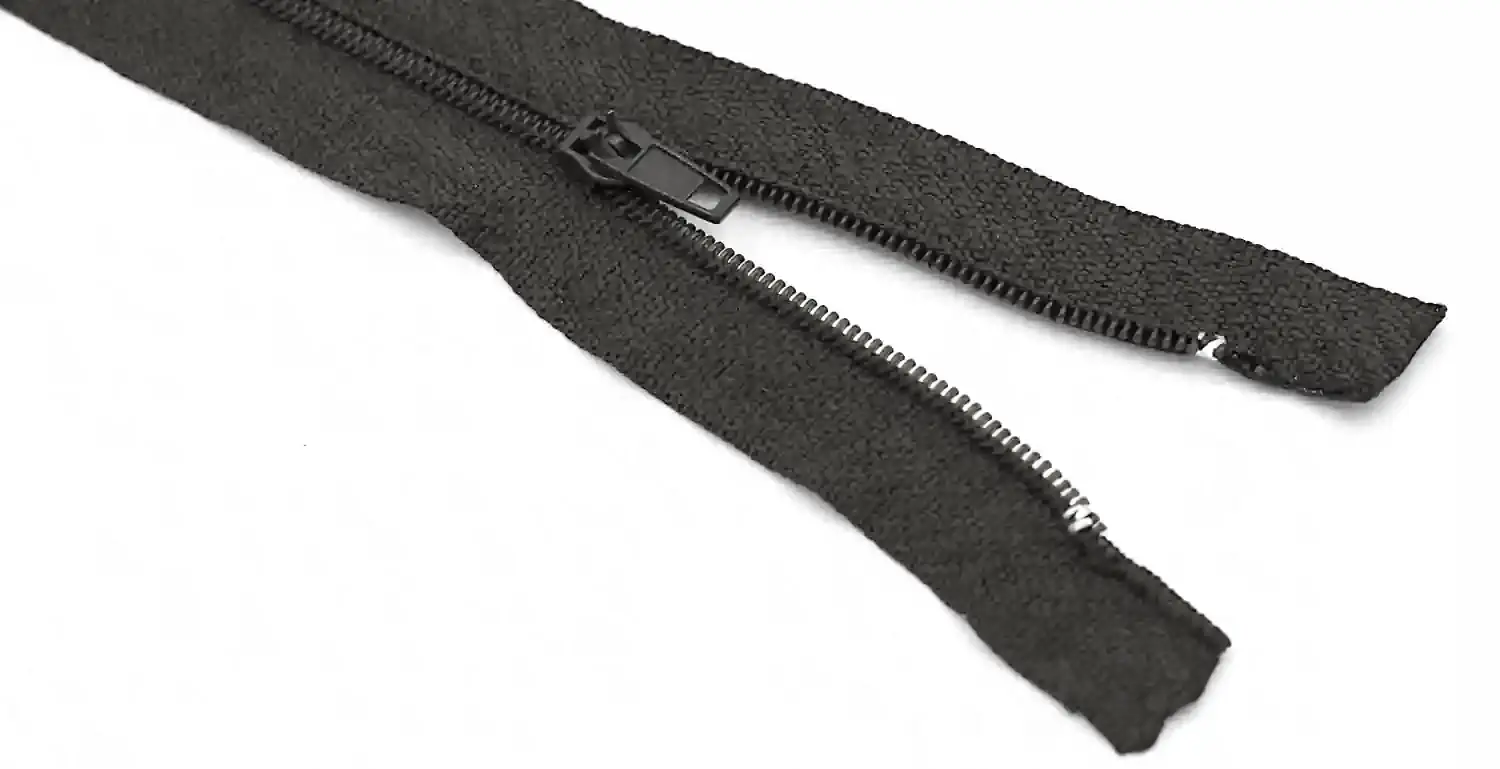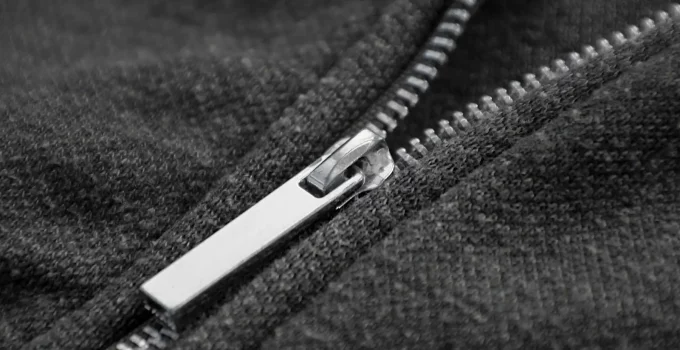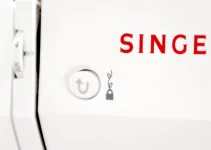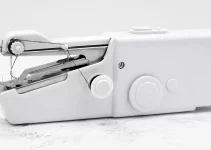Answering a question like how many teeth does a zipper have is going to be fun.
We could say that, on average, a zipper can have 9-10 teeth per inch. We could also say that generally there are 10 teeth per inch.
But it’s not a standard number that all manufacturers have to obey.
Other zippers could have 4 teeth per inch or maybe 12 teeth per inch. It’s certainly not an exact science or a standard measure.
We will certainly be more interested in the total length of a zipper, its color, width, how easy it is to sew by hand or by machine, how sturdy and durable it is, whether it catches or snags, etc.
While I definitely enjoy reviewing sewing machines, like the best sewing machine for denim or the best sewing machine for making clothes or even the best handheld sewing machine, I also enjoy covering other aspects related to this world.
For example, I wrote an article looking for the best sewing chair. Or looking for the best black dye for clothes. They’re all immensely fun, especially since I like experimenting with new tools or looking for creative ways to improve or update or mend or create clothes.
Since I wrote a pretty extensive article talking about zipper alternatives, I thought it would be nice if we learned more about one of the most popular fasteners.
Let’s go back to answering the question how many teeth does a zipper have. And then we’ll talk more about this type of fastener.
How Many Teeth Does a Zipper Have?
We have zippers all over our wardrobes. These are the most efficient and the simplest fasteners we could think of. I love zippers and buttons equally.
After all, many sewing machines come with zipper foot, buttonhole foot, and button sewing foot so it’s clear that these two are the top two fasteners for most projects.
When we want to buy zippers, there are some characteristics we’ll usually come across.
We will be informed by the size, the length of a zipper.
Obviously, if we want to sew a zipper on our bags, pants, jeans, dresses, skirts, pillowcases, cushions, upholstery, etc., then we absolutely need the right length.
So, checking out the length is more important than knowing the answer to the question how many teeth does a zipper have.
To answer this particular question, most zippers have between 9 and 10 teeth per inch.
On the other hand, there are also zippers that can have 4 teeth per inch or maybe 12 teeth per inch.
The number of teeth a zipper has is not a standard feature that all manufacturers have to conform to.
And it’s definitely not something we’re particularly interested in.
Structure of a zipper
This type of fastener is simple:
- we get metal or plastic teeth (most of our zippers will have plastic teeth)
- the tape being the strip of fabric (generally polyester, just like the sewing thread most of us use) on either side to which the teeth are attached
- the slider (closes the teeth) with the pull to pull the slider (the pull can be decorative or it can be quite basic)
- and the stoppers (metal/plastic bar at the bottom end and small metal tabs on each side of the top)
You can check out this article if you want to know more about the components that make up a zipper.
Length
As I’ve mentioned, getting the right length for our projects is the first thing we will check out.
Most will come in a variety of sizes like 5 inch, 6 inch ,.., 24 inch, etc.
And most will be compatible with any kind of fabrics from leather to denim to upholstery, etc.
Another feature we’ll check out is the color of the zipper.
Just like our fabrics, zippers will come in a variety of colors: black, white, yellow, blue, green, beige, brown, gray, purple, pink, teal, maroon, orange, and other different variations of these colors.
Tape
The tape of the zipper, the fabric on which the two parts of teeth are attached to will be longer than the zipper length. This is the full length.
So, if we have a 14 inch zipper, the polyester tape will have a length of 15 inches.
The tape is usually made of polyester but we can also come across synthetic fiber tape, vinyl tape or cotton tape.
Width of the zipper & teeth
Next, the width of the zipper is also important.
The zipper has an overall width but the teeth will also have a width.
We can have an 1 inch width zipper with 4.1mm width teeth. That means that we have a #4 zipper.
A #5 zipper will have teeth with a width of 5mm.
We could say that the wider the teeth, the larger and more durable the project.
Types of zippers
While I don’t think that answering the question how many teeth does a zipper have is crucial, it was nice to talk about. And more importantly, we learned a bit about the structure of a zipper.
Another thing I want to talk about is the many types of zippers we can use as fasteners for a variety of projects from making pillowcases to making clothes, upholstery, bags, etc.
There are a lot of types to choose from: nylon coil/polyester, mental, jeans, invisible, parka, pocket, separating, two-slider purse, vintage decorative, lace.
Nylon coil/polyester
This is pretty much the type of zipper we come across everywhere.
Nylon zippers with metal sliders pull are the most common.
They come in a variety of colors, they’re durable and flexible, can be used with any fabric, come in a variety of lengths and sizes, and can be quite affordable and very easy to find.
Metal
We’ll find them on denim garments especially. But they can also be used as stylish accents on dresses.
They’re also popular for purses, shoes, and upholstery.
Metal is not flexible so I wouldn’t recommend them for projects that require stretch.
Of course, these are some of the most durable since they’re made of aluminum, brass or nickel.
Invisible
They’re invisible on the outside of the garment, hence their name.
You can already guess that this is the type used on dresses, skirts, blouses, etc.
The teeth are nylon coil and they’re attached to the back side of the zipper.
The name already suggests what this type is used for.
They’re designed in a short 5 inch length and can have metal teeth although we can also shorten nylon coil zippers to match the size of our pockets.
Parka
These are used for camping gear, nautical gear, sportswear, and other projects that require weatherproof fasteners.
Of course, they’re extra-durable and they will withstand wear and tear.
Lace
As their name suggests, they’re wonderful for more delicate garments or if you want a decorative zipper.
The scalloped edges are a plus so they’re applied with a straight line of stitching close to the teeth.
Vintage decorative
These are the preferred choice if you want to make a statement even with the type of fastener you choose to sew.
The decorative elements will be found on the tape but the pull can also be decorative if it has a large size or an interesting design.
You’ll have luck finding them in antique and secondhand stores. And I’m sure there are online sources to look for some.
All in all, while answering the question how many teeth does a zipper have is fun and, as we saw, there’s no specific number of teeth, there could be 10 teeth per inch but there could also be 4 teeth per inch, learning about the structure and the many types of zippers we can choose from is much more important for our many projects to come.




